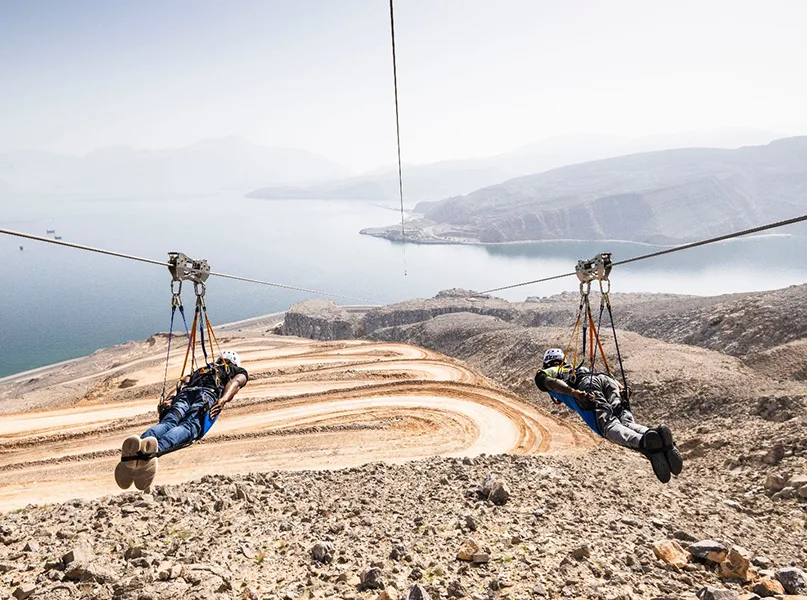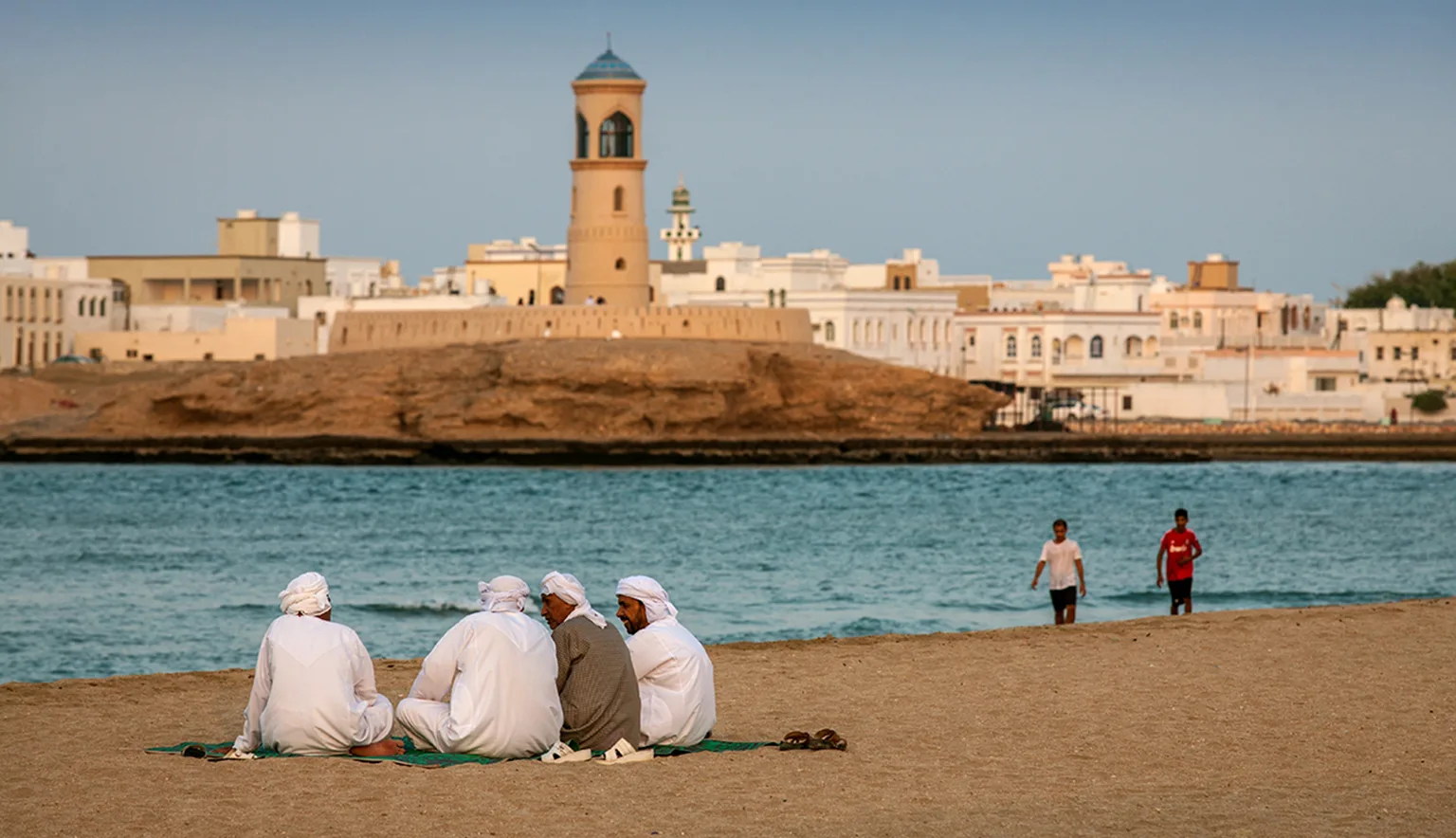Harnessing the power of digital marketing, Visit Oman strives to put the country firmly on the map of Middle Eastern destinations and showcase all the Sultanate of Oman has to offer. Shabib Al Maamari, Managing Director, tells us how the organisation strives to work with sustainable and small-scale businesses whilst creating a seamless, comprehensive travel experience for international visitors.
Q&A WITH VISIT OMAN
Firstly, can you talk us through the origins of Visit Oman and its founding vision?
Shabib Al Maamari (SAM): Visit Oman was first established by Mustafa Al Hinai, CEO of the Oman Aviation Group, in 2018 after he identified a gap in the tourism sector, particularly from an aviation perspective. Hinai subsequently developed Visit Oman’s distribution strategy.
This strategy has five initiatives, one of which was the establishment of a local business-to-business (B2B) engine that connects the country to the rest of the world and significantly improves Oman’s online presence.
Following the arrival of the COVID-19 pandemic in March 2020, the aviation sector got restructured and the project was put under management of the OMRAN Group.
We subsequently created a sophisticated booking engine that seamlessly provides all the necessary information for travelling in Oman. As a result, tourism products became far more accessible and bookable to travel agents and small to medium-sized enterprises (SMEs) worldwide who are interested in the country.
Throughout the past 20 years, OMRAN Group has developed and established many hotels, resorts, and experiences, and continues to develop the sector under the supervision of the Oman Investment Authority and in collaboration with the Ministry of Heritage and Tourism (MoHT).
They are both actively investing in the entire tourism value chain, which led to the setup of Visit Oman post-pandemic. It’s also worth mentioning that the OMRAN Group operates with a financial and commercial mindset and is activating the sector in partnership with the MoHT and contributing to realise the vision of the country and its tourism sector.
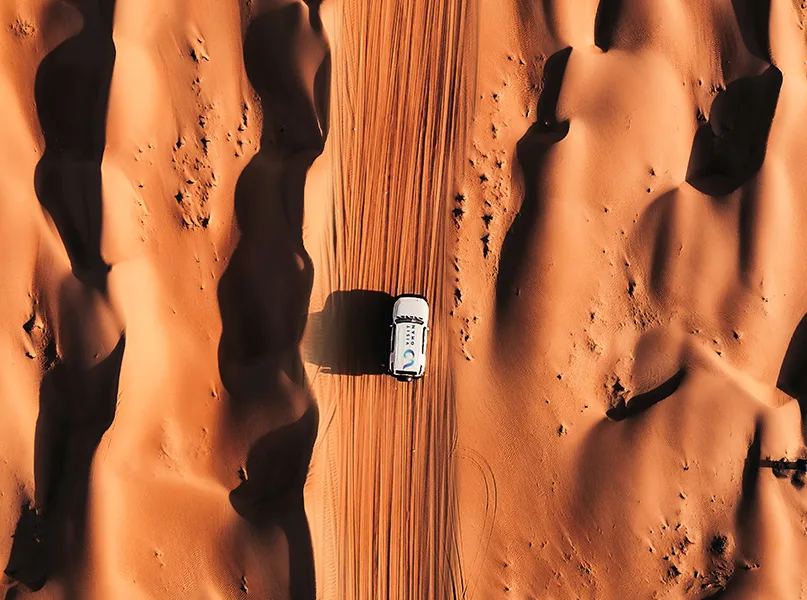
How do you market Oman as an emerging destination in the Middle East?
SAM: It has been interesting to see how things have changed pre- and post-COVID-19. In response, Visit Oman has been following consumer behaviour very closely and endeavours to be fully transparent in its actions and decision-making.
We think the tourism efforts of neighbouring Saudi Arabia are amazing. Previously, we liked to claim that we didn’t have any competition for our offering here in Oman, be it nature, adventure, culture, or history. However, we are no longer the only player in the Gulf Corporation Council (GCC) region with such tourism products, as the Saudis have been doing a phenomenal job.
Today, we are trying to do what we aimed to do when we started the organisation – uplift our digital presence by using both the biggest suppliers in the country and SMEs.
This is an area of interest for us because we want to develop our content with products and services that are attractive to tourism operators in the UK or Germany, for example.
They want a seamless booking engine that has everything, including ready-made packages that can be bought with a click of a button. Tourism operators are also able to build customisable packages at varying price points, making the country even more appealing.
We have been doing a very good job at this over the past four-and-a-half years, having grown from zero products to over 300, alongside 123 directly contracted hotels and 80 contracted airlines. This means that travellers can purchase flights via different connections from many different countries, making it even easier to fly to Oman.
Overall, we have around 200 suppliers, and 80 percent of them are SMEs. Significantly, when booking one of these suppliers through an online platform, travellers can’t tell if it’s a large organisation or an SME they are booking with; rather, it shows the experience’s value.
This means that consumers can decide whether they like the offering, its price, and reviews before booking. This, in turn, gives SMEs a level playing field, so we are trying to enable these small, family-led businesses through this digital component.
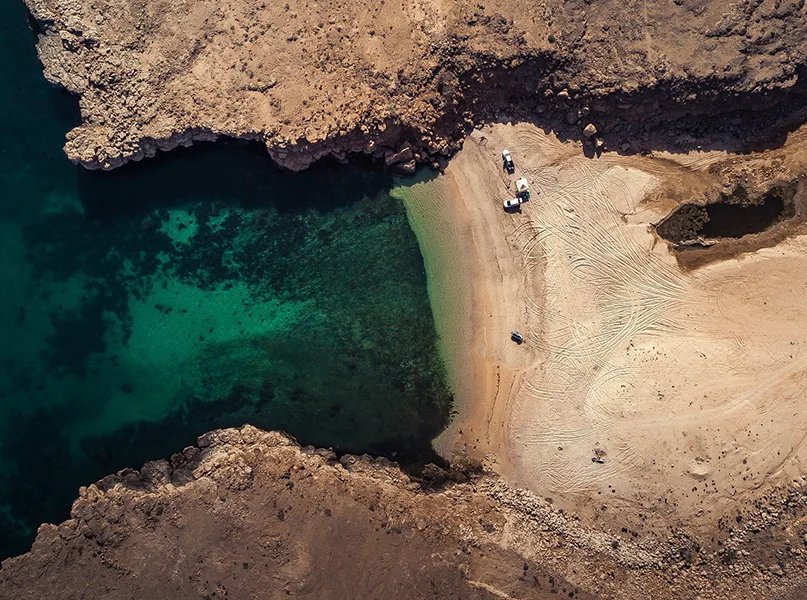
In what ways does Oman embrace modern tourism offerings whilst also maintaining the rich culture and traditions that make the country so unique?
SAM: Visit Oman is striving to distinguish the country from its competing neighbours by focusing on authentic experiences.
A key example of this is a young man that decided to renovate a room in a ruin that dates back over 300 years! He fixed it up and rented the room out to tourists, inviting people to come and stay in the village that his ancestors had built.
I visited the village last year and it now has over 20 rooms where you see many different kinds of tourists – Europeans, Asians, and locals – going to this small valley in the mountains. It’s a beautiful place that offers many great hikes, as well as a zipline that is used for luggage transfer whilst visitors walk around this amazing historical site.
The village’s host family uniquely cooks all the food, which often blows travellers away. The area also provides eco-conscious tourists with the opportunity to give back to the community through multiple initiatives.
A 10-minute drive away from the village are four world-class resorts that have varying offerings, ranging from pool cliff villas with butler service to private lodges and restaurants that resemble Michelin Star experiences. Additionally, Jabal Akhdar is one of highest peaks in the region and offers an incredible adventure..
Small villages such as these found in the valley have tour guides that speak English, French, German, and Italian, whilst a few speak Mandarin, as well as other languages. Visit Oman recognises that with the amount of multinational tourists, language matters, so we try to identify the right kind of tour guides for each visitor.
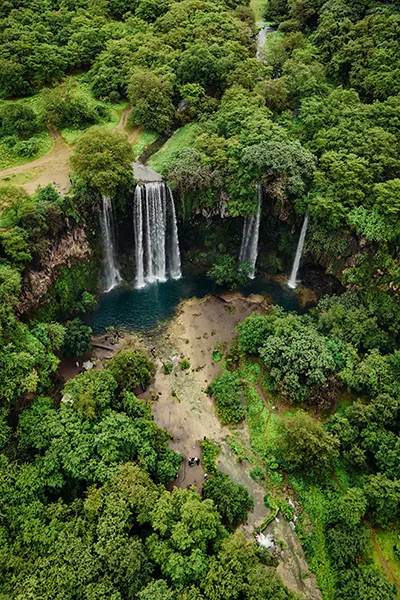
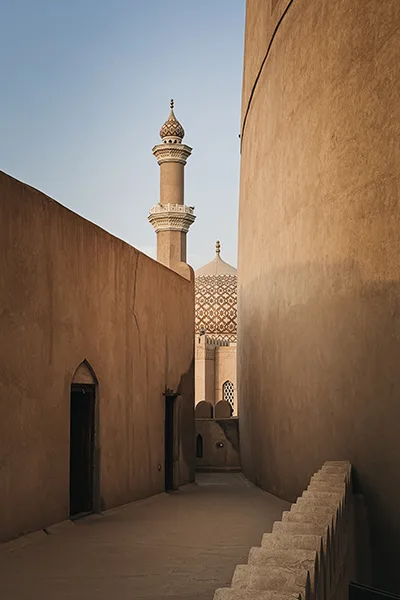
Oman has many other niches to be unlocked, such as stargazing, provided by expert tour guides either in resorts or up a mountain on a hike. This allows guides to describe the history and names of each star – which is a big part of Arabic heritage.
Tour guides can also provide information about the different star constellations and inform travellers about how best to see them. Numerous tour guides are also professional photographers who will teach visitors about how to capture the stars on their cameras. Although this is a small niche, it adds an element of something special and authentic.
What is being driven by locals in the mountains is likewise being driven by MoHT and the OMRAN Group for the ocean. With over 3,000 kilometres (km) of coastline, Oman’s beaches vary greatly from north to south.
In the former, visitors can witness how the mountains go straight into the ocean, which is rarely seen across the world. The north offers many other experiences such as scuba diving, snorkelling, fishing, or camping on private beaches.
Nizwa, meanwhile, is one of the most visited places in Oman, driven by the locals who regularly run old markets across the city. This is an incredibly popular experience with a lot of tourists because it is one of the few markets that still preserves this type of system.
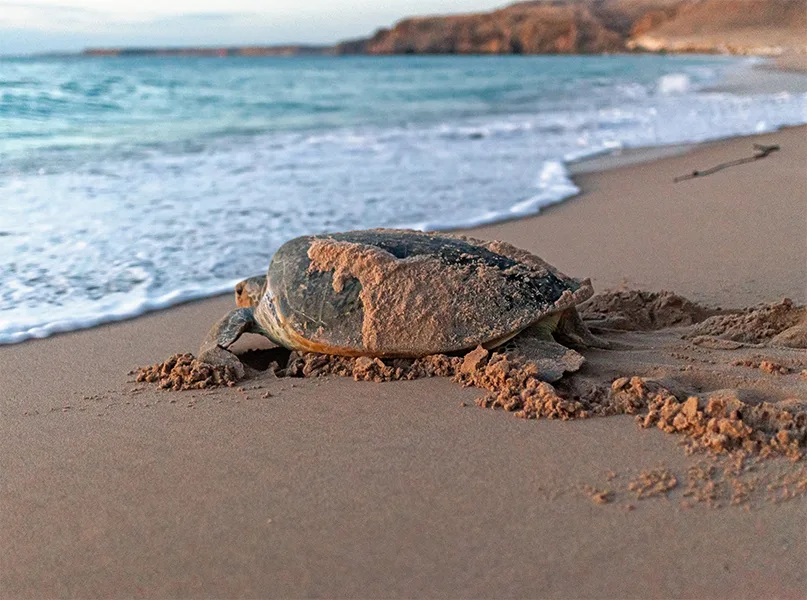
How is Visit Oman utilising the digital landscape to further spread the beauty of the country?
SAM: Visit Oman is working hard to raise awareness and efficiently market the destination. Recent efforts towards this goal have included the introduction of major travel influencers to the country whose far-reaching social media posts hold greater credibility and weight with travellers, particularly younger generations.
Visit Oman has also scaled awareness through the implementation of the business-to-consumer (B2C) concept. Evolving from the initial domestic B2B products, B2C has allowed us to branch out internationally. Therefore, we now operate with a business-to-business-to-consumer (B2B2C) approach, which has been a game-changer for the organisation.
As part of this operational model, Visit Oman has entered into partnerships with notable online travel operators including Trip.com, Expedia, and GetYourGuide, amongst many others. To put it into perspective,
Trip.com has over 300 million active users on the platform, which has unlocked a previously inaccessible customer base.
Ultimately, we need to do more to spread awareness, effectively utilise our products, and work with the right suppliers – pushing B2B, B2C, and then scaling it. Contextually, when exclusively conducting B2B, Visit Oman was active in 30 source markets in 30 countries. However, once we introduced B2C concepts, the company became active in over 170 countries within three months.
Although Visit Oman doesn’t have a physical presence in these countries, its vast range of worldwide partnerships effectively market the destination and spread awareness of the country’s tourism offerings on the organisation’s behalf. As such, these agreements mutually benefit both the suppliers from a selling perspective and Visit Oman from a marketing perspective.
Our success also revolves around the user experience and identifying what platforms customers feel comfortable with so we can better market our products on this platform. Recent digital innovations such as artificial intelligence (AI) and ChatGPT are fantastic, and we need to quickly adapt to these shifts in order to fully take advantage of their potential.
Visit Oman also partners with the biggest telecommunications company (telco) in the country, which has a wonderful app we use to advertise our products. Being on the platform also means that customers have a greater choice of what tourism products and experience they purchase.
Going forwards, we need to make our country’s tourism products available on the biggest and most important platforms and ensure the user experience is as seamless as possible for customers to find and book Oman’s incredible offerings.
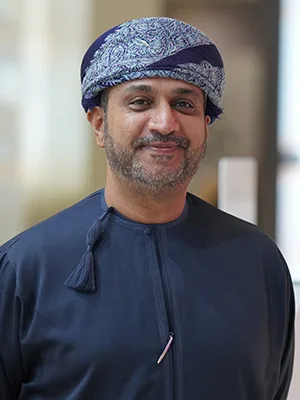
“We need to do more to spread awareness, effectively utilise our products, and work with the right suppliers – pushing B2B, B2C, and then scaling it”
Shabib Al Maamari, Managing Director, Visit Oman
How best can travellers obtain the ultimate Omani desert experience?
SAM: Oman has endless desert options on offer. To truly experience the dunes, self-driving experiences are the best option, particularly for tourists seeking adventure and adrenaline-filled fun. We also have phenomenal suppliers who provide vehicles that are fully equipped with camping equipment and the appropriate amenities to sleep on the roof of the car if desired.
Providers also offer vehicles fitted with shower systems, as well as trustworthy safety and security measures. These companies map out routes for travellers depending on the experiences they want and provide detailed instructions on how to drive the car and what to do if drivers come across any difficulty, offering a fully comprehensive experience.
For luxury-seekers who want to immerse themselves in the desert but don’t want to drive, we have exceptional camps in the middle of the dunes with private pools. Alternatively, there is also a super-luxury category that goes a step beyond to provide an entire travel operation that caters to every need.
In these cases, providers purposefully identify the most secluded areas in the middle of the desert where an entire camp complex is then constructed.
Operators can completely customise camps depending on any desired themes or activities, be it live music with classic Omani instruments, horse or camel riding, driving super luxury cars, riding in state-of-the-art helicopters, indulging in the expertise of a private chef, and much more.
The winter and autumn months, between September and April, are by far the best time to visit the desert. This way, tourists can avoid the high temperatures of the summer months and see the deserts’ beautiful landscape.
“Oman has endless desert options on offer. To truly experience the dunes, self-driving experiences are the best option, particularly for tourists seeking adventure and adrenaline-filled fun”
Shabib Al Maamari, Managing Director, Visit Oman
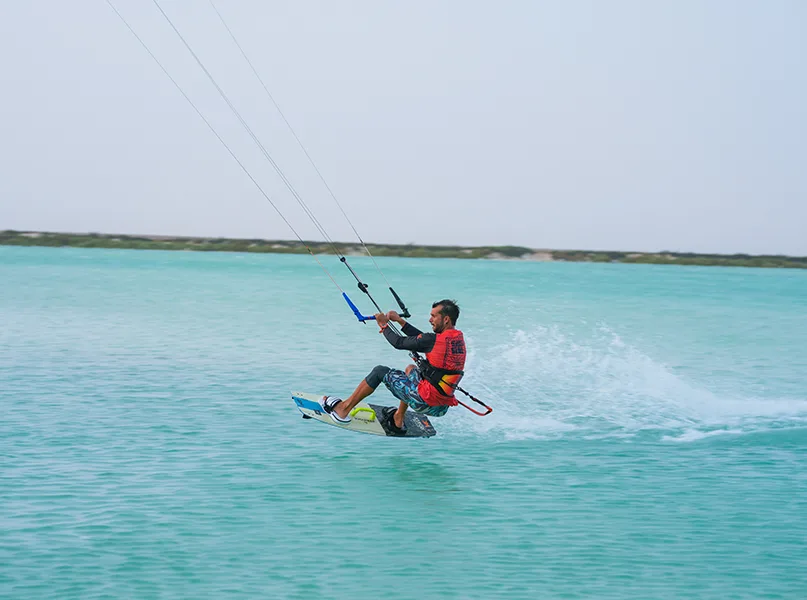
Aside from Oman’s vast sweeping deserts, what other areas of natural beauty should travellers put on their bucket list?
SAM: Oman’s terrain is exceptionally beautiful and varies greatly throughout the different regions of the country, offering mountains, deserts, and oceans.
One place highly recommended by locals is Dhofar in the south, whose unique jungles distinguish it from the rest of the region.
Notably, the area is affected by the monsoon season and the Indian Ocean, so from mid-June until the end of August it’s cloudy and misty with much of the surrounding fauna turning green. This provides travellers with the opportunity to witness the stunning sights of waterfalls and mini rivers. The area is also differentiated by its changing temperature, which drops below 25 degrees Celsius.
Oman’s biodiversity is also extremely unique. The OMRAN Group recently made the decision to focus 40 percent of its investment over the next five years on identifying and developing unique experiences, such as witnessing the Arabian gazelle, which has become very famous. Tourists can view these majestic creatures at one of the many large sanctuaries across the country.
Oman further stands out as a top tourist destination due to its many wadis – ancient routes that stretch between two mountains. The terrain of these wadis is very unique as it primarily contains rocks and water, making these areas the perfect place to go hiking. Travellers can enjoy a beautiful wadi an hour’s drive away from Muscat, where travellers can walk, swim, explore caves, and rock climb.
What would you say is Oman’s most underrated attraction?
SAM: Oman’s oceans, and their biodiversity, are a highly underrated attraction. The oceans are best experienced by the country’s many marinas, which feature beautiful boats that take travellers out during whale shark season. These are highly pleasant and beautiful animals that tourists can pet and swim with. Every few months, whale sharks migrate through the Sea of Oman.
The country’s many diving and tourism offerings also let visitors witness animals that cannot be seen anywhere else in the region. Oman also has many fishing excursions on offer, for which tourists travel 20+ hours to fish creatures such as giant trevally, staying for the week in a quaint fishing village.
Fishing is a niche market that Visit Oman is working hard to grow, particularly as the second-largest natural resource in Oman after oil and gas is fish, so we can definitely capitalise on that from an experience perspective. This will be achieved by leveraging the right product and network of operators to effectively promote this niche tourism sector.
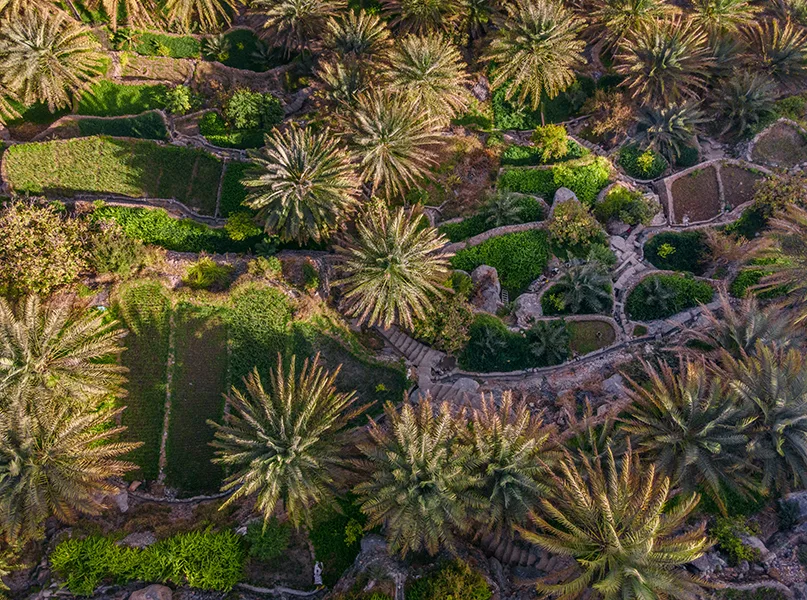
What challenges does the country’s tourism industry face and how is Visit Oman working to overcome them?
EY: Oman’s tourism industry is currently experiencing competition from neighbouring nations such as Saudi Arabia, Dubai, and Ras Al Khaimah in the United Arab Emirates, which is up-and-coming and has a done phenomenal job in positioning itself as an adventure destination. Therefore, Visit Oman needs to improve the country’s tourism sector by finding a unique position and marketing itself effectively with the right tools.
Oman’s continued focus on authentic experiences rather than mass tourism means Visit Oman is more geared towards sustainable and responsible offerings. The company is trying to match that from a product offering and source market perspective.
Finally, what are you most excited about for the future of Oman’s tourism industry?
SAM: One of Oman’s key strengths is the fact that it doesn’t overmarket itself as a destination – often referred to as the Middle East’s best kept secret.
Whilst this is heartwarming feedback from our wonderful guests, we will work harder to establish the destination and collaborate with the right kind of partners to create wealth for the population here through job creation and uplifting existing suppliers.
The OMRAN Group’s focus on experiences will also continue to distinguish Oman as a destination. For example, the country’s natural reserves and areas that are protected by law for stargazing are a hidden gem. Visit Oman is working to transform this component into an exceptional experience for guests without disrupting the environment.
Visit Oman is also analysing its value chain to identify how it can digitise the country’s tourism offerings and distribute them to the rest of the world, allowing everyone to enjoy the beauty of Oman.
